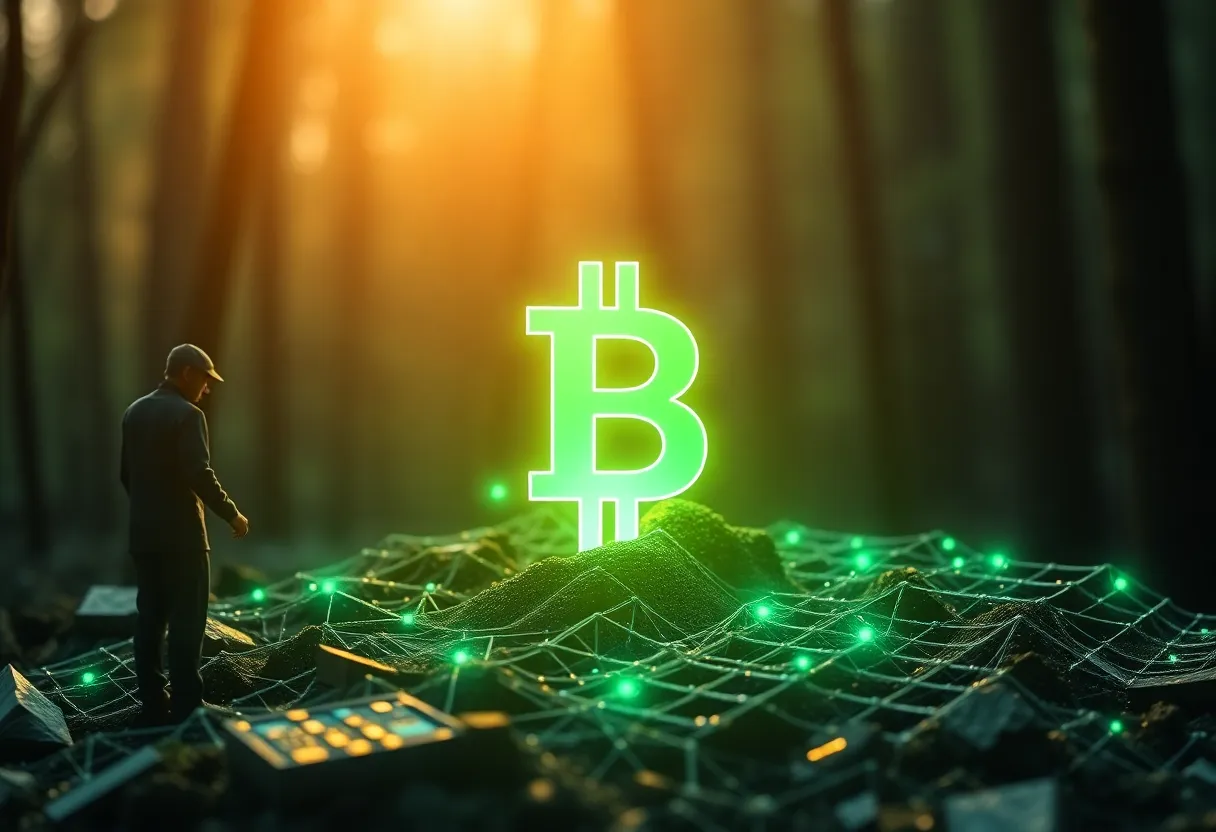Blockchain Carbon Credits: Innovation or Hype?
News

The voluntary carbon market is gaining momentum as businesses seek sustainable solutions to combat climate change. However, traditional systems face critical challenges, and blockchain is emerging as a potential game-changer. But is it truly the innovation the market needs, or just another overhyped technology? Let’s explore.
Traditional Carbon Market Problems
Understanding Basic Credits
Carbon credits allow entities to offset emissions by supporting projects that reduce or capture greenhouse gases. However, the market is far from perfect. Learn the basics about carbon credits here.
Trust Issues in the Current System
The carbon market often suffers from a lack of transparency. Buyers can’t always verify if the credits they purchase represent genuine reductions, eroding trust in the system.
Double Counting Challenges
Double counting occurs when multiple entities claim the same emission reduction, undermining the integrity of carbon credits. Traditional tracking systems struggle to eliminate this issue.
Price Transparency Problems
Prices for credits vary widely based on project type, quality, and location. Without clear pricing benchmarks, buyers are left guessing the true value of their investments.
Blockchain Solutions
Blockchain technology offers innovative tools to address these long-standing issues in the carbon market.
Smart Contracts Explained Simply
Smart contracts are self-executing agreements coded onto a blockchain. They ensure transparency by automating processes like credit transfers, ensuring that terms are met without third-party intervention.
Tokenization of Credits
By converting carbon credits into blockchain tokens, each credit becomes a unique digital asset. This reduces the risk of fraud and allows for easy trading across platforms.
Real-Time Tracking Benefits
Blockchain provides a tamper-proof ledger that tracks the lifecycle of each credit—from issuance to retirement. This ensures accountability and eliminates risks of double counting.
Automated Verification Process
Blockchain systems integrate IoT devices, satellites, and AI to verify project performance in real-time. This speeds up the certification process and enhances reliability.
Real Projects Making Impact
Leading Carbon Blockchain Platforms
Platforms like KlimaDAO, Toucan, and Verra’s emerging blockchain integrations are at the forefront of combining carbon markets with decentralized technologies.
Success Stories and Results
Projects such as Moss Earth, which tokenized Amazon rainforest credits, demonstrate how blockchain can enhance traceability and attract investors. These initiatives have already retired millions of tons of CO₂.
Actual Costs Involved
Blockchain carbon solutions often involve upfront development costs and transaction fees. However, they promise long-term savings by reducing intermediaries and enhancing trust.
Trading Renewable Credits
Blockchain also simplifies trading of renewable energy credits, enabling global access to solar, wind, and other clean energy projects. Explore renewable energy credits here.
Future of Carbon on Blockchain
Emerging Opportunities
Blockchain can unlock new market opportunities, such as fractional ownership of large projects or integration with carbon capture technologies.
Forest Project Verification
The technology is being applied to forest carbon credits, where satellite imagery and smart contracts ensure accurate measurement and transparent reporting. Learn about forest-based solutions here.
Market Predictions
Industry experts predict significant growth in blockchain-based carbon markets. By 2030, blockchain could underpin a substantial share of voluntary carbon transactions, driven by demand for transparency.
Getting Involved
For businesses and individuals, getting started means researching trusted platforms, investing in credible projects, and staying informed about regulatory developments.
Conclusion
Blockchain technology has the potential to revolutionize the carbon market, addressing key issues like transparency, trust, and efficiency. While challenges remain—such as ensuring equitable access and managing the energy consumption of blockchain systems—its promise to improve carbon credit integrity is undeniable.
As this innovative space continues to evolve, the question isn’t just whether blockchain is hype or innovation—it’s how quickly the carbon market can adapt to its transformative potential.
Ready to learn more with Fairatmos? Let’s create impactful climate solutions together—visit Fairatmos to get started today! Stay tuned on for more knowledge through our insight page!
